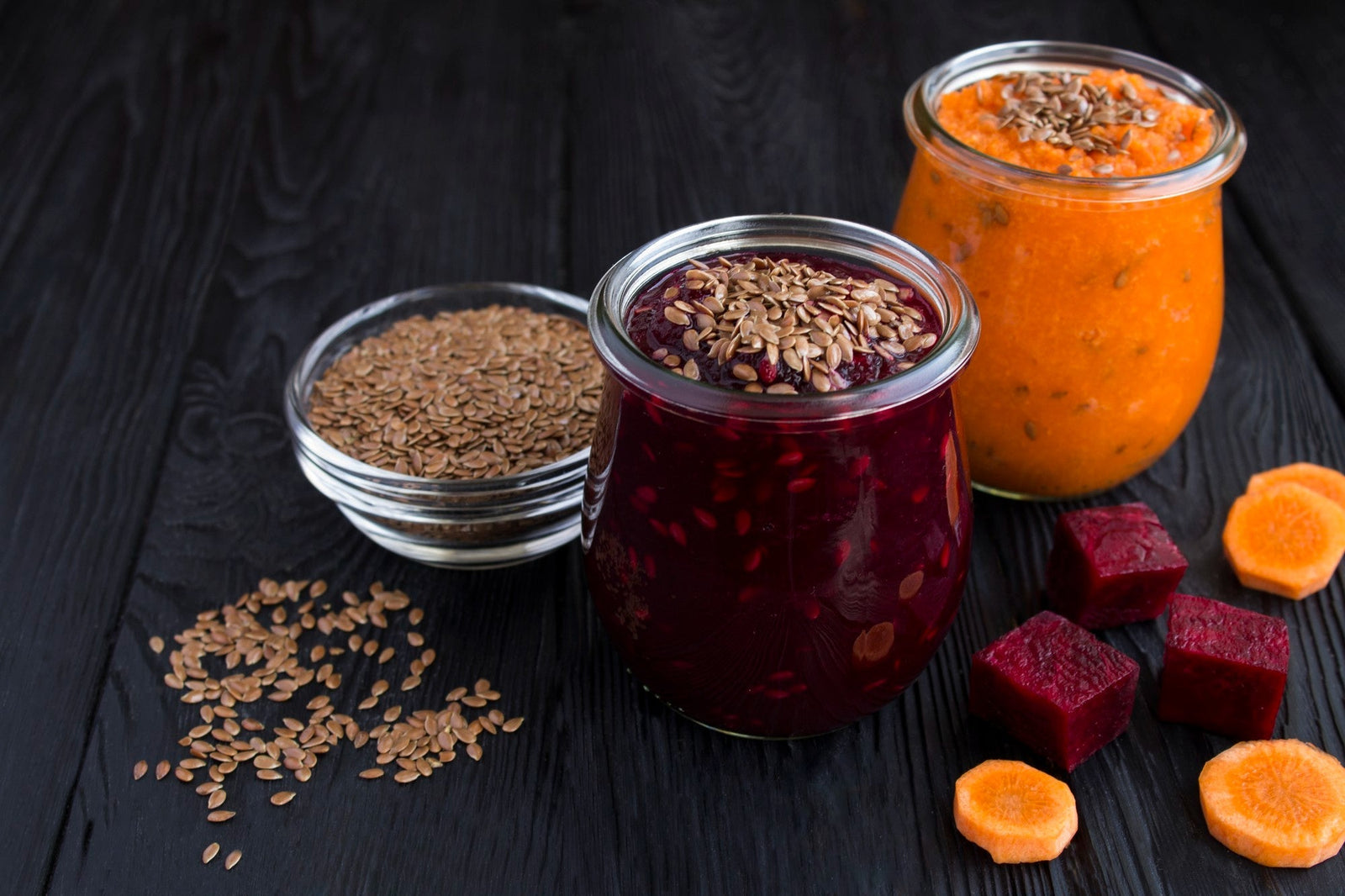
April 08, 2024 3 min read
In recent years, organic amaranth grain has gained popularity as a versatile and nutritious ingredient in the kitchen. This ancient grain, revered for its health benefits and culinary versatility, offers a range of possibilities for cooking and baking enthusiasts. Whether you're looking to add variety to your meals or explore new flavors in your baking endeavors, organic amaranth grain provides endless opportunities to get creative in the kitchen. In this article, we'll explore some exciting cooking and baking ideas to inspire your culinary adventures with this nutritious superfood, while delving into its remarkable health benefits.
In addition to its culinary appeal, organic amaranth grain boasts an array of impressive health benefits. Rich in protein, fiber, and essential nutrients like iron, magnesium, and calcium, amaranth grain supports overall health and well-being. Its complete protein profile, containing all nine essential amino acids, makes it an excellent choice for vegetarians and vegans looking to meet their protein needs.
Furthermore, amaranth is a good source of antioxidants, including vitamin E and phenolic acids, which help protect against oxidative stress and inflammation, supporting immune function and reducing the risk of chronic diseases.

Additionally, amaranth is naturally gluten-free and easy to digest, making it suitable for individuals with gluten sensitivities or digestive issues. Its high fiber content promotes digestive health and helps keep you feeling full and satisfied, making it a valuable addition to a balanced diet.
With its impressive nutritional profile and versatile culinary applications, organic amaranth grain is truly a powerhouse ingredient for health-conscious consumers.
1. Amaranth Porridge: Start your day with a hearty and nutritious breakfast by cooking organic amaranth grain into a creamy porridge. This gluten-free grain is rich in protein, fiber, and essential nutrients like iron and magnesium, making it an excellent choice for boosting energy levels and supporting overall health.
2. Amaranth Salad: Create a vibrant and nutritious salad by mixing cooked organic amaranth grain with an assortment of fresh vegetables, herbs, and dressing of your choice. Amaranth is a complete protein, containing all nine essential amino acids, making it an ideal addition to plant-based diets and a valuable source of nutrition for vegetarians and vegans.

3. Amaranth Pilaf: Elevate your side dishes with a flavorful amaranth pilaf. Amaranth is naturally gluten-free and easy to digest, making it suitable for individuals with gluten sensitivities or digestive issues. Its high fiber content promotes digestive health and helps keep you feeling full and satisfied.
4. Amaranth-Stuffed Bell Peppers: Transform organic amaranth grain into a delicious and nutritious filling for stuffed bell peppers. Amaranth is rich in antioxidants, including vitamin E and phenolic acids, which help protect against oxidative stress and inflammation, supporting overall immune function and reducing the risk of chronic diseases.
5. Amaranth Bread: Add depth of flavor and nutrition to your homemade bread by incorporating organic amaranth grain into the dough. Amaranth is an excellent source of calcium, magnesium, and phosphorus, essential minerals that are vital for bone health and development, making it an excellent addition to your diet for maintaining strong and healthy bones.
6. Amaranth Cookies: Indulge your sweet tooth with homemade amaranth cookies. Amaranth is naturally gluten-free and low in glycemic index, making it a suitable option for individuals with diabetes or those looking to manage their blood sugar levels. Its slow-release carbohydrates provide sustained energy and help prevent spikes in blood glucose levels.
7. Amaranth Energy Bars: Make your own nutritious and energizing snacks by combining organic amaranth grain with ingredients like nuts, seeds, dried fruit, and honey or maple syrup. Amaranth is rich in iron, a vital nutrient for transporting oxygen in the blood and preventing iron-deficiency anemia, especially important for women of childbearing age and individuals with increased iron needs.
8. Amaranth Pancakes: Start your morning off right with fluffy and nutritious amaranth pancakes. Amaranth is a good source of folate, a B-vitamin essential for DNA synthesis and cell division, making it important for pregnant women to support fetal growth and development and reduce the risk of neural tube defects.
In Conclusion: Organic amaranth grain is a versatile and nutritious ingredient that can be used in a variety of cooking and baking applications. Whether you're looking to add more whole grains to your diet, experiment with new flavors, or create wholesome and delicious meals and treats, organic amaranth grain offers endless possibilities for culinary creativity. So why not give it a try and explore the delicious world of organic amaranth grain in your own kitchen today?
❤ Try our USDA certified Amaranth Grain ❤
Realted blogs:
Comments will be approved before showing up.

January 27, 2025 3 min read
Flaxseed, the tiny yet powerful superfood, is packed with nutrients that can support weight loss. From curbing hunger to stabilizing blood sugar, this guide dives into the science of how flaxseed can help you shed those extra pounds.

December 11, 2024 3 min read
Discover three quick and easy soup recipes featuring organic small red beans. From a classic vegetable soup to a creamy potato blend, these wholesome recipes are perfect for chilly days and busy weeknights. Packed with flavor and nutrition, these soups will warm your heart and soul this winter!

December 06, 2024 3 min read
This vibrant and nutritious Green Lentil Salad combines tender lentils with grilled chicken, fresh vegetables, and a zesty lemon dressing. Packed with protein, fiber, and essential vitamins, it’s the perfect healthy meal for any time of day.
© 2025 Be Still Farms- Real, Fine Organics.
Privacy | Terms | Refund Policy | Organic Certification
